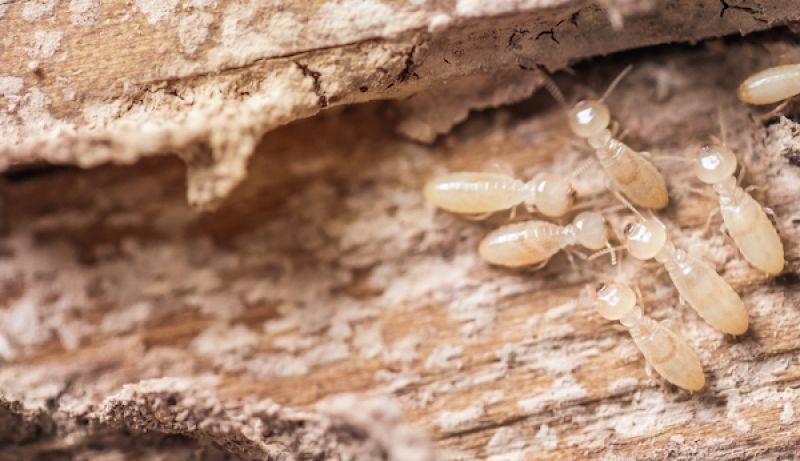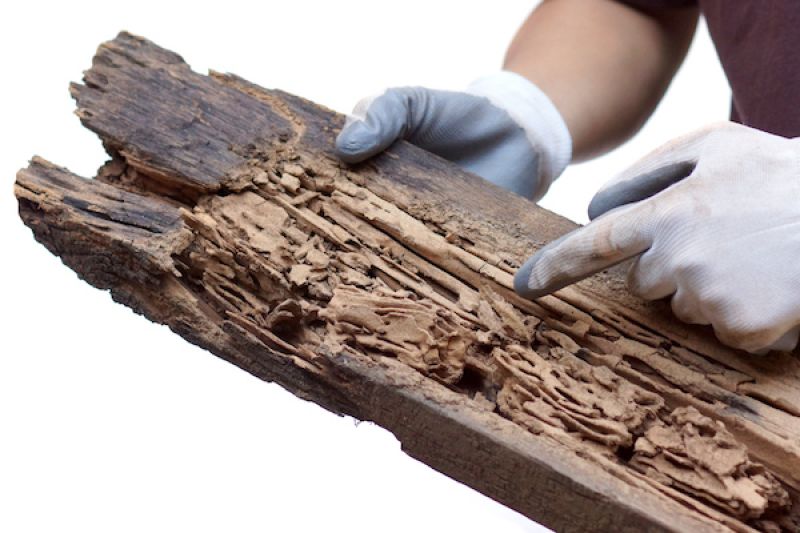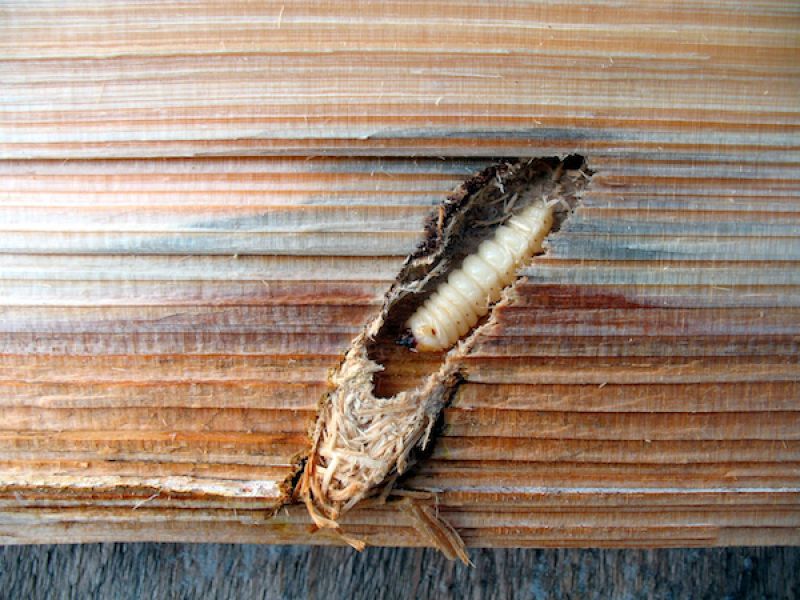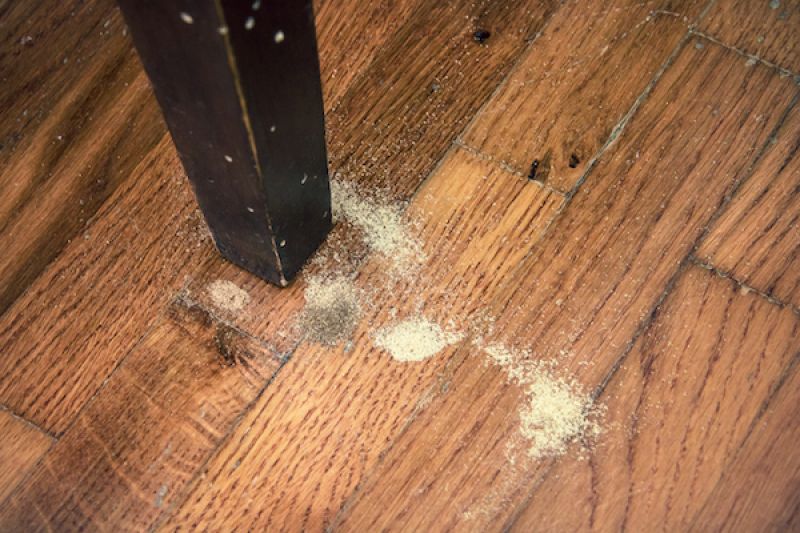Termites and borers both damage structural timber and wood items in homes, but they are very different beasts. It takes some skill to detect their presence and identify which pest is causing the problem. Certainly, a professional timber pest inspection is the way to go, but it’s worth homeowners knowing a thing or two so that they can call a pest professional if they spot something of concern. Here’s your crash course…
Termites
The key pest termites in Australia are subterranean termites, which means they spend most of their time underground. Many species have their nests underground, too, but even those that have their nests in trees are connected to the ground by mud tubes.
Termites build these protective mud tubes when they need to move above ground, typically to get to a food source… such as your home! If you happen to see termites, they are pale, soft-bodied insects that look a bit like ants, which is why some people call them “white ants.” However, they aren’t ants at all; they are more closely related to cockroaches.
In most cases, termite nests are outside the home, although sometimes they can build their nest under homes. It is thought that 80% of all homes in Australia are with 25m of a termite nest. With termites able to travel up to 100 m from their nest to a feeding site, your home is likely within the range of a number of termite nests.
Of all the timber pests, termites cause the majority of the damage to buildings. They are the number one timber pest, and so, quite rightly, they are the focus of inspections and treatments. Unlike borers, installing a preventative termite system around your home (termite monitoring system or soil treatment) is possible to help prevent a termite attack.
To attack a home, termites require the right soil conditions (moisture is vital) and a way to access the timbers. As such, termite inspections look for termite activity and damage and spot conditions around the home and construction faults that make a termite attack more likely. Although a professional termite inspection is recommended at least once a year, learning more about the signs of termite activity is a good idea.


Borers
A range of borers attack timber. Borers are beetles, and their larval stage, the grub, causes all the damage.
Some of these beetles are pests of trees or freshly milled timber. They lay their eggs in the timber and the larvae that hatch stay within the timber, feeding and causing damage until they are ready to pupate and emerge as adults. Some of these longicorn and jewel beetles can take many years to develop into adults, so the infested timber can be used for construction, only for the adults to emerge several years after the house has been built.
Pinhole borers are another pest of freshly sawn timber, whose damage may be detected by homeowners and pest professionals. When they attack these green logs, they often leave small “pinhole” exit holes, surrounded by a small dark stain. This will be visible in any finished timber used in the home. Often, homeowners may not notice these holes for many years and, on discovery, get worried. But actually, there is nothing to do… it is pre-existing damage, and the culprit is long gone.
However, it is the pests of seasoned timber – existing wood in the home – that should be of most concern to homeowners. The powderpost beetle and furniture beetle are two key pests. These pests can attack structural timber and wood items in the home at any time and can literally turn the item to dust! So it’s important to be vigilant, and it’s a key reason why it’s a good idea for a professional to conduct regular inspections. Unlike termites, no preventative treatment protects existing structural timber or furniture items, so inspections are vital.


What does Spiderman SE do?
Although most homeowners will have a timber pest inspection as part of their pre-purchase inspections before they buy a property after they’ve moved in, they will often only have an annual termite inspection. This is recommended best practice, and it certainly is a good thing, as termites are the most common timber pest. However, termite inspections do not specifically look for other timber pests, such as borers.
This is where the Spiderman SE difference shines through. Although homeowners are generally after a termite inspection, Spiderman SE is a bit unique in that we provide a complete timber pest inspection, including borers, wood decay, and termites.
Spiderman SE doesn’t do termite inspections, we only do timber pest inspections. We figure that if something is eating your home, whether termites or borers, you’d want to know!
Book your next termite timber pest inspection with Spiderman SE.

